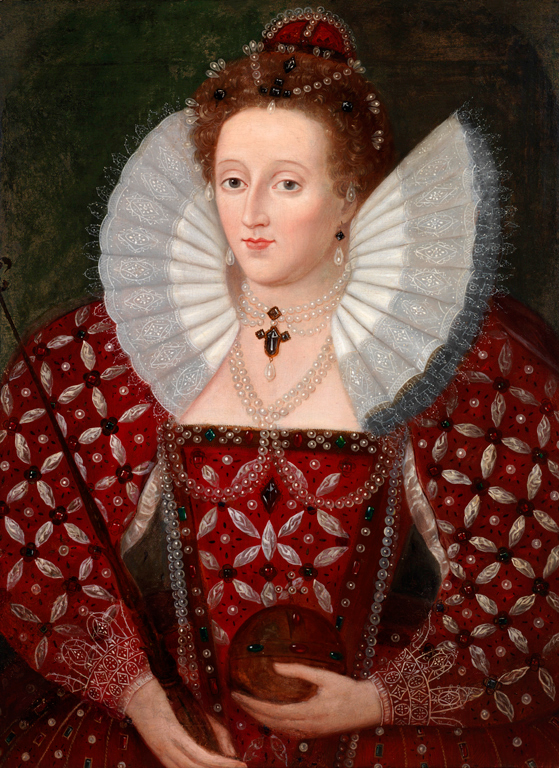Stamp: Sir George Somers (1554-1610) and "Sea Venture" (Bermuda 1953)
Sir George Somers (1554-1610) and "Sea Venture" (Bermuda 1953)
09 November (Bermuda ) within release Country Motives goes into circulation Stamp Sir George Somers (1554-1610) and "Sea Venture" face value 2½ Bermudian penny
| Stamp Sir George Somers (1554-1610) and "Sea Venture" in catalogues | |
|---|---|
| Michel: | Mi:BM 134 |
| Stamp Number: | Sn:BM 147 |
Stamp is square format.
Also in the issue Country Motives:
- Stamp - Easter Lillies (Lilium longiflorum) face value ½;
- Stamp - "Perot stamp" 1st stamp of Bermuda face value 1;
- Stamp - Easter Lillies (Lilium longiflorum) face value 1½;
- Stamp - Speed sailing boat "Victory II" face value 2;
- Stamp - Sir George Somers (1554-1610) and "Sea Venture" face value 2½;
- Stamp - Map of Bermuda face value 3;
- Stamp - "Perot stamp" 1st stamp of Bermuda face value 4;
- Stamp - "Sea Venture", coastal sailing boat, hog coin & Perot stamp face value 4½;
- Stamp - White-tailed Tropicbird (Phaethon lepturus) face value 6;
- Stamp - Hog coins of Bermuda face value 1;
- Stamp - Map of Bermuda face value 1'3;
- Stamp - Coat of Arms of St. George face value 2;
- Stamp - Fort Warwick face value 2'6;
- Stamp - Hog coin face value 5;
- Stamp - Earliest hogcoin front- & backside face value 10;
- Stamp - Coat of Arms of Bermuda face value 1;
Stamp Sir George Somers (1554-1610) and "Sea Venture" it reflects the thematic directions:
A head of state (or chief of state) is the public persona that officially represents the national unity and legitimacy of a sovereign state. In some countries, the head of state is a ceremonial figurehead with limited or no executive power, while in others, the head of state is also the head of government. In countries with parliamentary governments, the head of state is typically a ceremonial figurehead that does not actually guide day-to-day government activities and may not be empowered to exercise any kind of secular political authority (e.g., Queen Elizabeth II as Head of the Commonwealth). In countries where the head of state is also the head of government, the president serves as both a public figurehead and the actual highest ranking political leader who oversees the executive branch (e.g., the President of the United States).
A ship is a large watercraft that travels the world's oceans and other sufficiently deep waterways, carrying passengers or goods, or in support of specialized missions, such as defense, research and fishing. Historically, a "ship" was a sailing vessel with at least three square-rigged masts and a full bowsprit. Ships are generally distinguished from boats, based on size, shape and load capacity.
Queen - the title of reigning female monarch or the wife of the king in a number of countries
A modern sailing ship or sailship is any large wind-powered vessel. Traditionally a sailing ship (or simply ship) is a sailing vessel that carries three or more masts with square sails on each. Large sailing vessels that are not ship-rigged may be more precisely referred to by their sail rig, such as schooner, barque (also spelled "bark"), brig, barkentine, brigantine or sloop. There are many different types of sailing ships, but they all have certain basic things in common. Every sailing ship has a hull, rigging and at least one mast to hold up the sails that use the wind to power the ship. The crew who sail a ship are called sailors or hands. They take turns to take the watch, the active managers of the ship and her performance for a period. Watches are traditionally four hours long. Some sailing ships use traditional ship's bells to tell the time and regulate the watch system, with the bell being rung once for every half hour into the watch and rung eight times at watch end (a four-hour watch). Ocean journeys by sailing ship can take many months, and a common hazard is becoming becalmed because of lack of wind, or being blown off course by severe storms or winds that do not allow progress in the desired direction. A severe storm could lead to shipwreck, and the loss of all hands. Sailing ships are limited in their maximum size compared to ships with heat engines, so economies of scale are also limited. The heaviest sailing ships (limited to those vessels for which sails were the primary means of propulsion) never exceeded 14,000 tons displacement. Sailing ships are therefore also very limited in the supply capacity of their holds, so they have to plan long voyages carefully to include many stops to take on provisions and, in the days before watermakers, fresh water.




